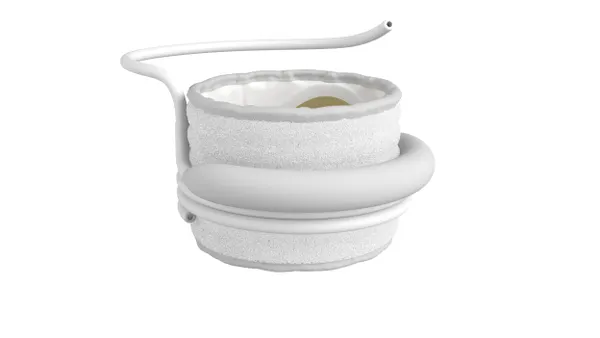Dive Brief:
- FDA closed out the year with the publication of a final order that exempts dozens of Class I and Class II medical devices from 510(k) premarket review. The changes took effect Monday.
- The final order decreases regulatory burden on medical device manufacturers and eliminates costs associated with complying with those rules, the agency said.
- Devices on the list of exemptions from 510(k) premarket notification procedures range from clinical chemistry and toxicology tests to certain cardiovascular, dental, hearing, neurological, orthopaedic and radiology products.
Dive Insight:
FDA’s latest deregulatory action comes under the authority gained through the 21st Century Cures Act of 2016. The Cures Act requires FDA to identify low-risk devices that it determines no longer require a 510(k) review to provide reasonable assurance of safety and effectiveness.
Devices newly exempted from 510(k) review under the final order are still subject to other regulatory controls, such as good manufacturing practice requirements.
FDA has acknowledged that as it makes strides toward accelerating the pace at which certain new device technologies reach the market, it is fighting public perceptions that patient safety may be compromised in the process. In an interview with MedTech Dive earlier this year, Jeff Shuren, director of FDA's Center for Devices and Radiological Health, sought to reassure the public as the agency promotes faster adoption of new devices, asserting that safety and innovation “truly are two sides of the same coin.”
FDA’s new order covers a wide range of devices that will no longer require 510(k) clearance, drawn from 16 broad categories. The list includes clinical chemistry and toxicology tests, hematology and pathology devices, and immunology and microbiology products.
Also included are anesthesiology, cardiovascular, dental, and ear, nose and throat devices. Other products on the list are used in gastroenterology and urology, general and plastic surgery, and general hospital and personal use. Devices for neurological, obstetrical and gynecological, ophthalmic, orthopaedic, physical medicine, and radiology applications are also included.











